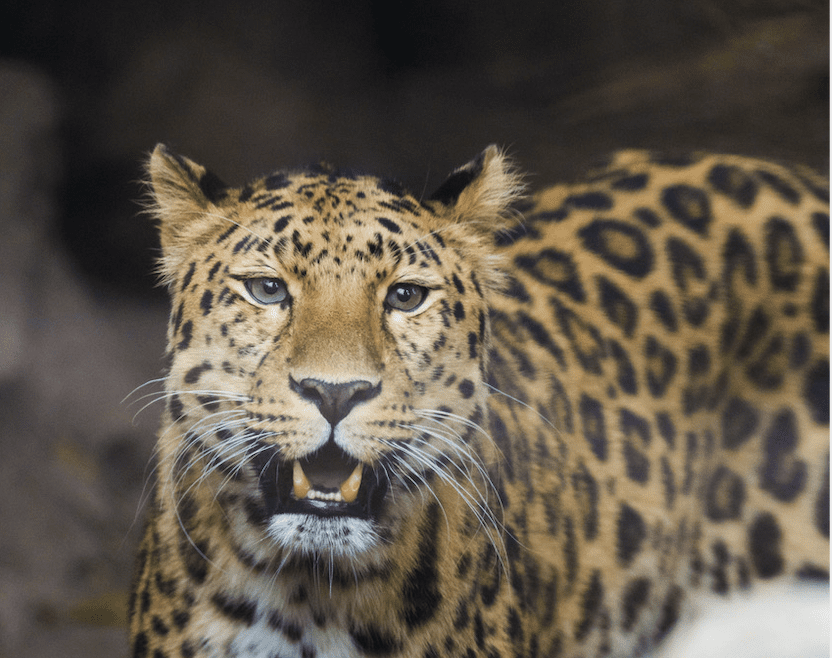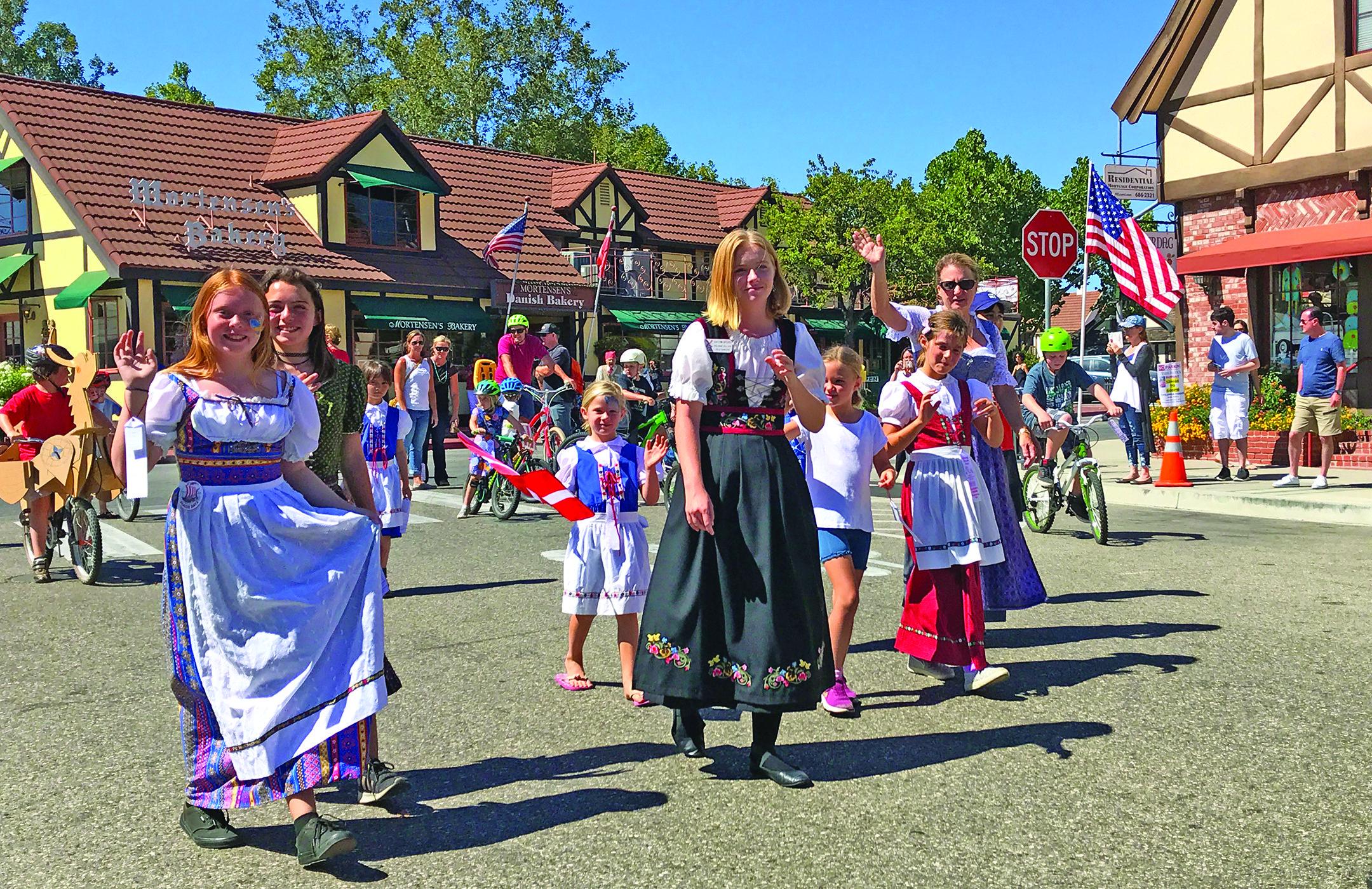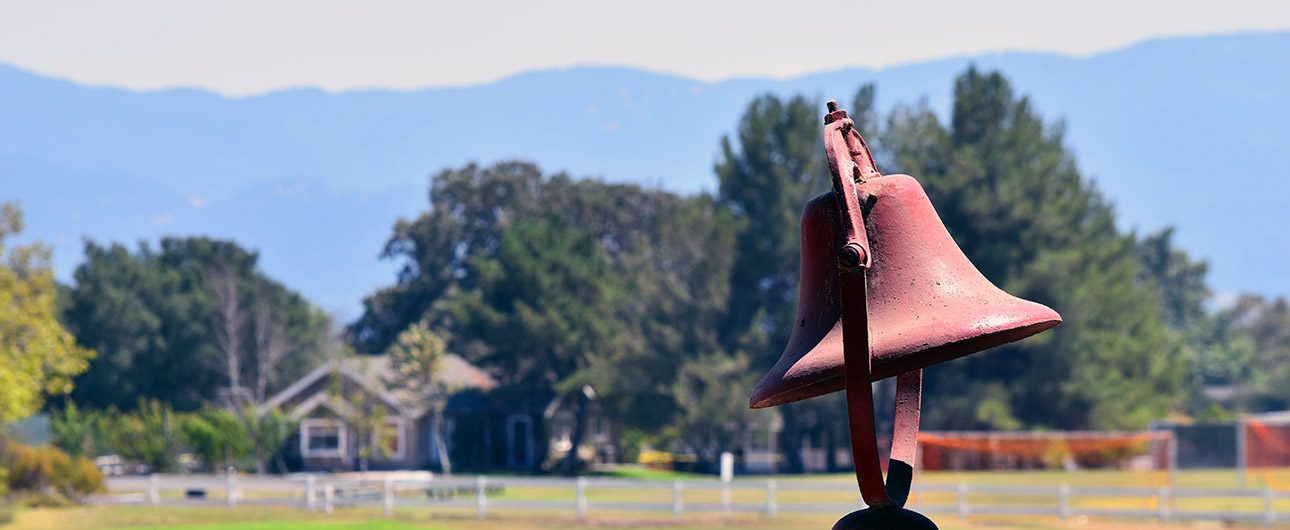Staff Report
The Santa Barbara Zoo is pleased to introduce Kasha, its new male Amur leopard, to the public. Kasha arrived at the Zoo in March just prior to the coronavirus closure and is now beginning the process of being introduced to his potential mate Ajax, the Zoo’s female Amur leopard. The two have a breeding recommendation from the Association of Zoos and Aquariums (AZA).
Kasha is nine-and-a-half years old and came from the Brookfield Zoo in Chicago, IL. He was born in Nesles, France at Le Parc des Felins. He was imported to the Brookfield Zoo in 2013, where he sired three litters in 2016, 2018, and 2020.
“We are excited for everyone to finally have the chance to meet Kasha now!” shared Rachel Ritchason, Director of Animal Collections at the Santa Barbara Zoo. “We have already begun introducing Kasha and Ajax. They are taking turns in the exhibit and holdings, learning each other’s scent, which we hope will lead to a successful pairing between the two. As an older leopard, Kasha is very calm and comes with a lot of experience, having had a mate before. Animal keepers say that Kasha is very smart and careful in how he moves and explores his spaces.”
Ajax, born on May 22, 2014, at Marwell Zoo in Hampshire, England, arrived at the Santa Barbara Zoo in 2016. Her genetics are unrepresented in North American AZA zoos and aquariums, so she plays an important role in diversifying the gene pool of Amur leopards in North America for the overall health of the population.
Kasha replaces Wyatt, Ajax’s former mate, who recently moved on to the Fort Wayne Children’s Zoo in Indiana as part of the Species Survival Plan. Despite efforts to breed, including artificial insemination for over three years, Wyatt was unresponsive to breeding cues from Ajax. While Kasha continues to get comfortable in his new surroundings and introductions with Ajax continue, Ajax and Kasha will rotate spending time on the exhibit, so he may not be visible to the public depending on the day.
Kasha is generously sponsored by Premier Foster Feeders, the Wyatt family. To learn more about how to support the Zoo’s Amur leopards as an animal sponsor, please visit https://sbzoo.pivvit.com/
About Amur Leopards
Amur leopards are the most endangered big cats in the world. They have also been called the Korean leopard, Far East leopard, and Manchurian leopard, which echoes their historic range, spanning the Korean Peninsula into northeast China’s Jilin and Heilongjiang Provinces, and across the border into the Russian Far East and Amur River basin, from which the species now takes its name.
Just under 100 are estimated to remain in the wild, in a small area between Vladivostok, Russia, and the Chinese border, along with a few scattered individuals in China. Their threats include poaching, forest fires, development, and, at this point, inbreeding.
Approximately 200 Amur leopards are in captivity, primarily in zoos in North America, Europe, and countries of the former Soviet Union, and are part of managed conservation breeding programs.
About The Santa Barbara Zoo
The Santa Barbara Zoo is now open with limited capacity. During the initial reopening phase, online reservations for tickets are required for all guests, including SB Zoo Members, available at www.sbzoo.org. Known as one of the world’s most beautiful zoos, the Santa Barbara Zoo is located on 30 acres of botanic gardens and is home to more than 500 individual animals in open, naturalistic habitats. The Santa Barbara Zoo is accredited by the Association of Zoos & Aquariums (AZA), representing the highest level of animal care, and participates in AZA endangered species programs for Masai giraffe, California condor, island fox, and Western lowland gorilla, among others. As a private 501(c)(3) nonprofit corporation, the Santa Barbara Zoo depends on community support, not tax dollars, for operations and improvements. Visit www.sbzoo.org.







